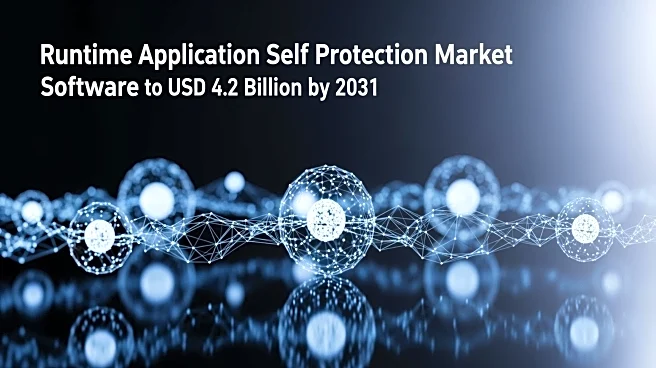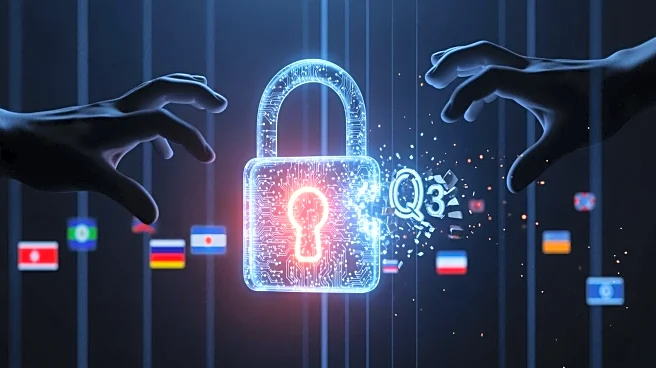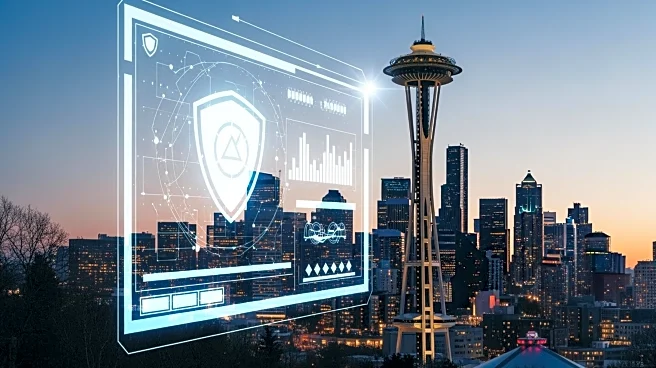What's Happening?
The global Runtime Application Self Protection (RASP) software market is anticipated to grow significantly, reaching a valuation of USD 4.2 billion by 2031. This growth is driven by the increasing demand
for integrated security solutions within applications, particularly in sectors such as financial services, healthcare, and e-commerce. RASP tools offer real-time protection against threats by operating from within the application, which is becoming increasingly important as organizations face rising cybersecurity threats, especially in cloud-native and containerized environments. Technological innovations, including machine learning integration, are enhancing RASP capabilities, making them more proactive. The shift towards DevSecOps is encouraging developers to embed security at the code level, increasing the relevance of RASP across agile workflows.
Why It's Important?
The expansion of the RASP software market is crucial as it addresses the growing cybersecurity threats faced by enterprises. By providing real-time protection, RASP tools help prevent malicious code execution without affecting user experience or application performance. This is particularly important for industries with high data sensitivity, such as financial services and healthcare. The market's growth is also supported by regulatory mandates and compliance standards emphasizing in-app protection. As digital services and applications continue to expand, especially in emerging economies, the demand for RASP solutions is expected to rise, creating new opportunities for vendors and enhancing overall cybersecurity resilience.
What's Next?
The RASP software market is expected to benefit from continued technological advancements and increased investment in research and development. As more industries integrate RASP solutions, companies will likely diversify their offerings to meet unique sector requirements. Government initiatives supporting digital infrastructure and sustainable development are also expected to fuel demand for advanced RASP technologies. Additionally, the adoption of cloud-based RASP deployment models by small and mid-sized enterprises will further propel market expansion.
Beyond the Headlines
The growth of the RASP software market highlights the importance of adaptive and self-defending architectures in cybersecurity. As organizations increasingly adopt cloud-native and containerized environments, the need for integrated security solutions becomes more critical. The market's expansion also underscores the shift towards embedding security at the code level, which is essential for agile workflows and DevSecOps practices.











